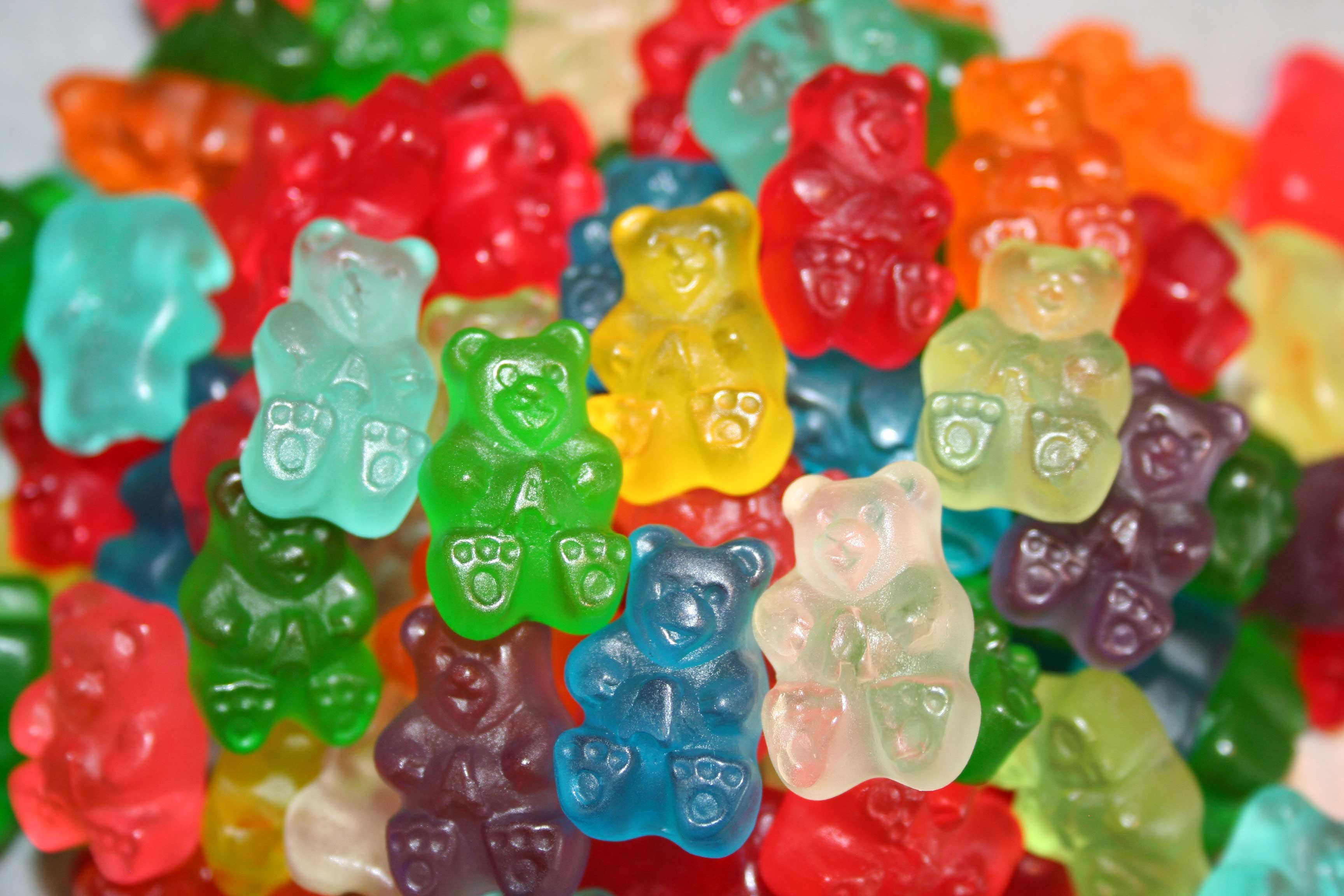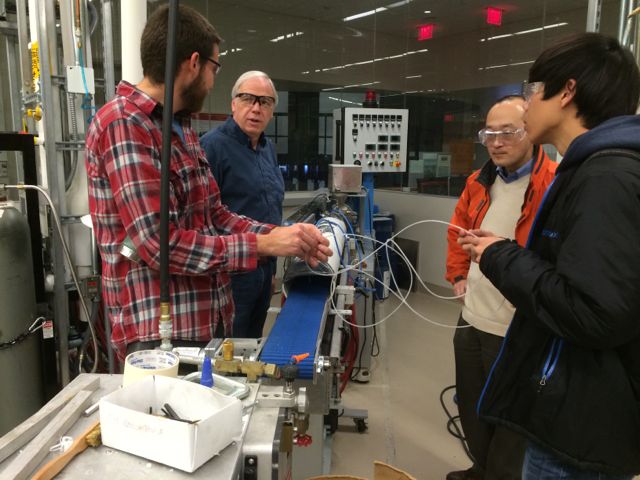|
Size: 4281
Comment:
|
Size: 4401
Comment:
|
| Deletions are marked like this. | Additions are marked like this. |
| Line 1: | Line 1: |
| Updated: 11/28/2013 | Updated: 12/14/2013 |
| Line 8: | Line 8: |
| In this '''Garage Physics Project''', our initial goal is to print an edible gummy Bucky Badger. But pivot pivot.. | In this '''Garage Physics Project''', our initial goal is to print an edible gummy Bucky Badger. But we are exploring sugar and powdered vegetable material. |
| Line 10: | Line 10: |
| This group meets Fridays 11:00 am in Garage. | This group meets Fridays 11:00 am in Garage. In Spring 2014, activity may focus at the Morgridge Rapid Prototyping Center. |
Updated: 12/14/2013


3D Food Printing
3D printing is a trending technology and its application to food has been spotlighted recently. A fully developed 3D food printing technology will allows us to cook any food in any shape in a extremely low cost. Both analog and digital materials assembly technolgies can be explored. 4D food will self-cook cook upon demand.
In this Garage Physics Project, our initial goal is to print an edible gummy Bucky Badger. But we are exploring sugar and powdered vegetable material.
This group meets Fridays 11:00 am in Garage. In Spring 2014, activity may focus at the Morgridge Rapid Prototyping Center.
Potential advantages
- Zero Waste Food Production
- Cheaper Food Costs
- Personalized nutrition
If you want to know more about 3D Printing, Click >>>3D printing<<<
Invocation
Take a look at the following links:
http://www.designboom.com/design/food-printer-by-gglab-deniz-manisali-at-milan-design-week-2012/
http://www.nytimes.com/2013/09/22/opinion/sunday/dinner-is-printed.html?_r=0
http://richrap.blogspot.com/2012/04/universal-paste-extruder-ceramic-food.html
and the Cornell effort http://creativemachines.cornell.edu/node/194
Materials
Methods of Printing Gelatin
- Using modified Ink printer technology? - In order for this, the particle size of the Gelatin has to be between 50 to 60 microns in diameter.
- Using Modified 3D printer extruder. (Universal Paste Extruder)
- http://www.thingiverse.com/thing:20733 - http://associationof3dprinting.com/food-safe-extruder-for-3d-printers/
- Or Others...
Click Here to Learn Little bit about Food Science
Articles
3D print yourself in Gelatin, Japan http://www.ufunk.net/en/food/imprimante-3d-bonbon/
Gelatin Bio Ink http://www.engineering.com/3DPrinting/3DPrintingArticles/ArticleID/6585/Gelatin-Bio-Ink-Could-Lead-to-3D-Printed-Organs.aspx
http://search.proquest.com.ezproxy.library.wisc.edu/docview/1160026137
Pizza http://singularityhub.com/2013/06/14/nasa-puts-up-some-cash-to-create-pizza-making-3d-printer/
Edible ink http://en.wikipedia.org/wiki/Edible_ink_printing , http://www.icingimages.com/edible-ink-cartridges
3d-printing-soon-a-food-printer-in-every-kitchen http://www.smartplanet.com/blog/business-brains/3d-printing-soon-a-food-printer-in-every-kitchen/18614
TNO video on various food additive technologies http://www.tno.nl/content.cfm?context=thema&content=prop_case&laag1=892&laag2=906&laag3=83&item_id=1866&Taal=2
MIT's Digital Food printer http://inhabitat.com/mits-digital-food-printer-creates-nutritious-meals/2/
- Cornell's's Digital Food printerhttp://inhabitat.com/cornells-new-3-d-printer-lets-you-print-food-in-any-shape-and-texture/
Videos
3d printer makes dessert http://www.youtube.com/watch?v=XQni3wb0tyM
Printing...BotBQ? http://www.youtube.com/watch?v=Cb8eW15ALv8
Leaders Of The 3D Printing Revolution http://www.youtube.com/watch?v=IS4Xw8f9LCc
ShopBot sugar printer http://www.youtube.com/watch?v=9VHFlwJQIkE, http://blog.reprap.org/2013/07/shopbot-desktop-as-3d-printer-for-sugar.html
Other 3D printing projects
Resources
UW Madison Department of Food Science http://foodsci.wisc.edu/
Images

Tour of rapid prototyping center Dec 13




Participants:
- Professor Carlsmith (physics)
- Professor Shinya Ikeda (food science)
- Kathryn Hency (graduate student, food science)